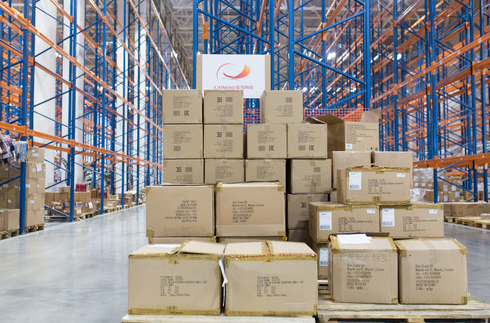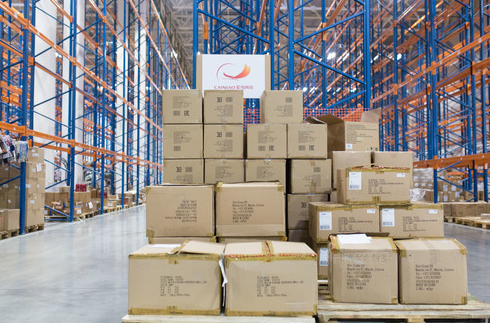
BEIJING, Feb. 24 (Xinhua) -- China's cross-border e-commerce imports and exports totaled 1.69 trillion yuan last year, with an increase of 31.1 percent year on year, which has not only further boosted domestic consumer demand, but also revitalized the connection between the Chinese market and the global market, the Xinhua-run Shanghai Securities News reported on Tuesday.
According to the COVID-19 and E-commerce: Impact on Businesses and Policy Responses report released by the United Nations Conference on Trade and Development, more than half of the respondents worldwide use online shopping more frequently, and China is one of the markets with the strongest growth in online shopping since the outbreak of the pandemic.
Under the current new growth model based on online consumption, how to help the growth of cross-border e-commerce demand and support the high-quality development of the "dual circulation" development pattern has put forward higher requirements and tests for the e-commerce industry and international logistics, said Chen Jialiang, senior vice president of FedEx and president of China region.
Chen believes that China is already increasing its supports for cross-border e-commerce to help the development of both international and domestic markets. International logistics services need to give full play to their advantages, effectively call local transportation resources combined with the understanding of the local markets and local freight rules, and customize localized logistics solutions, so as to ensure the timeliness and reliability of transportation with a developed and stable global logistics network and sufficient transportation capacity, meeting the overall service needs of cross-border e-commerce.
Facing the peak of online shopping such as the Singles' Day shopping spree, cross-border e-commerce synergy should also be expanded. International logistics services are expected to improve overall e-commerce service capabilities, expand operating networks, promote technological innovation, enhance personnel and resource allocation, and give full play to its own advantages and enhance transportation endurance.
(Edited by Gao Jingyan with Xinhua Silk Road, gaojingyan@xinhua.org)




 A single purchase
A single purchase









